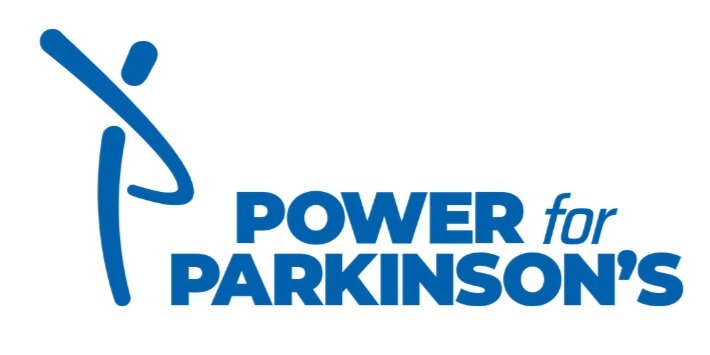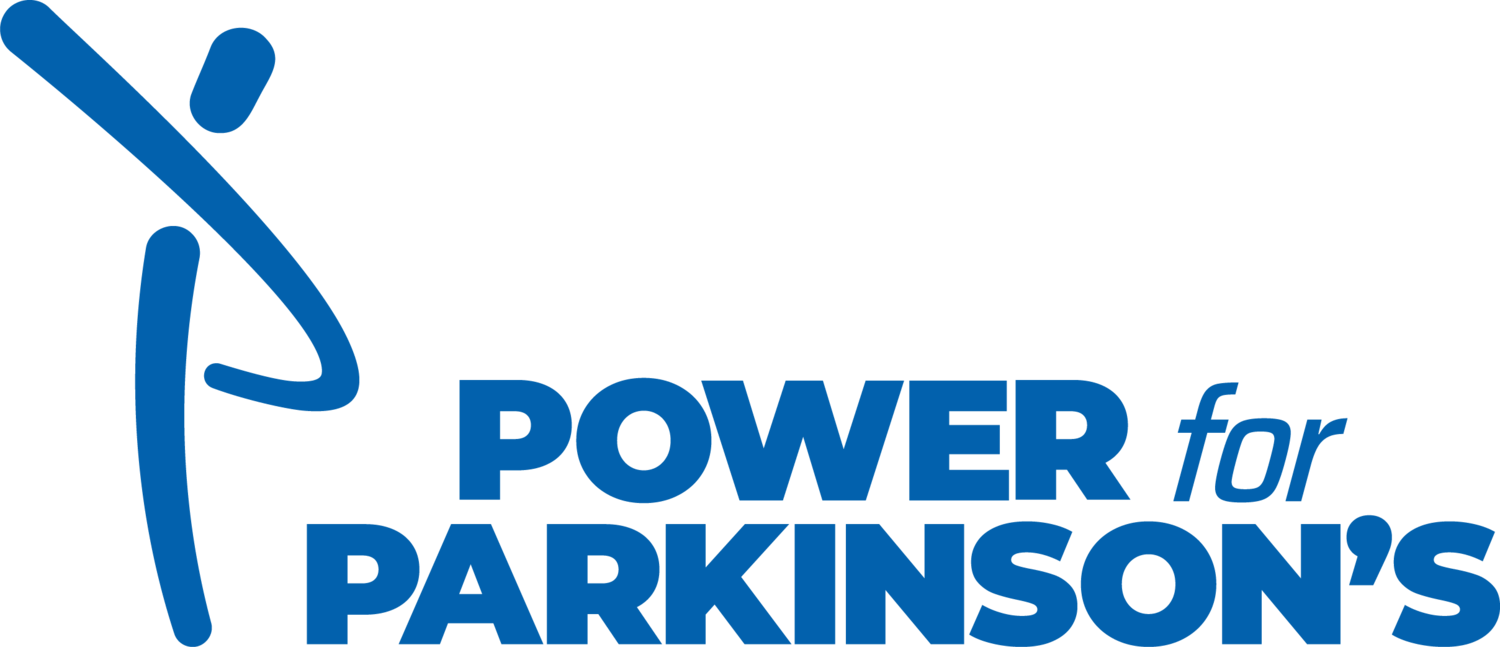Parkinson’s Disease: Symptoms, Risk Factors & Treatments
What is Parkinson’s Disease?
Parkinson's Disease (PD) is a progressive disease of the nervous system marked by tremors, stiffness, slow movement, and balance problems. Over time, PD can result in a decline in strength, balance, speed, and vocal power and significantly impact quality of life.
PD is the 2nd most common neurodegenerative disease after Alzheimer’s, and there are over 90 thousand new cases per year in the United States alone.
Parkinson’s Symptoms
Parkinson’s Motor Symptoms
Tremor at rest.
Gait & balance issues.
Freezing and shuffling while walking.
Bradykinesia (slowness of movement).
Stiffness or rigidity.
Decreased arm swing while walking.
Soft speech
Masked facies
Micrographia (decreased handwriting size)
Parkinson’s Non-Motor Symptoms
Sleep problems & fatigue.
Depression, apathy & anxiety.
Slowed thinking & memory loss.
Constipation.
Loss of sense of smell.
Sexual dysfunction.
Hallucinations & psychosis.
Difficulty swallowing.
No two people experience Parkinson’s the same way. Not everyone diagnosed with Parkinson’s will experience every symptom, and some symptoms can be very subtle and easily confused with other diseases of aging.
What Causes Parkinson’s?
According to Johns Hopkins Medicine, there is no single definitive cause of Parkinson’s, but it is likely caused by a blend of genetic and environmental factors.
Genetics cause about 10 to 15% of all Parkinson's. Over the years, scientists have linked dozens of genetic mutations to PD. Your environment, profession, and lifestyle can also play a role. Environmental risk factors associated with PD include head injury, area of residence, exposure to pesticides, and more. You can learn more about the causes of Parkinson’s disease HERE.
The Impact of Parkinson’s on the Brain
Parkinson’s affects people mentally as well as physically. People living with PD may have trouble with memory, focus, and cognitive function as the disease progresses. Cognitive issues can also be the result of stress and depression developing alongside the disease, as well as side effects from medication prescribed to help manage PD.
As Parkinson’s symptoms become more severe, some develop dementia, including Lewy Body Dementia which can be severe with its effects on memory and cognition in daily life.
How is Parkinson’s Diagnosed?
There is not yet a conclusive screening or test for Parkinson’s disease, so making an accurate diagnosis can be complicated. To determine whether or not you or a loved one has PD, doctors must carefully weigh symptoms, history, and other factors. Certain tests such as MRIs, blood work, and DaT scans can be used to support Parkinson’s diagnoses and rule out other conditions.
There are many diseases with overlapping or similar symptoms to Parkinson’s, so going to the doctor and getting their feedback and diagnosis is the first step toward determining whether or not you have Parkinson’s. An internist or family physician is often the first to make a diagnosis, but many people seek the opinion of neurologists specializing in movement disorders who have specific training on the diagnosis and treatment of PD.
How to Treat Parkinson’s?
Unfortunately, there is currently no cure for Parkinson’s disease, but there are medicines, surgeries, therapies, and exercises that can help manage and even reverse the symptoms of Parkinson’s. Exercise is currently the only disease-modifying intervention for Parkinson’s.
Exercise For Parkinson’s
Exercise is absolutely crucial to managing and even reversing the symptoms of Parkinson’s. Exercise is proven to benefit people with Parkinson’s in many ways, including reducing the risk of falls & injury, improving cognitive and motor function, and easing the non-motor symptoms of Parkinson’s, such as depression, fatigue, and insomnia. Exercise has also been shown to protect the brain’s neurons from deteriorating and stimulate new neuropathways; this improves cognitive processing and can slow and even reverse the progression of Parkinson’s disease.
The Parkinson’s Foundation recommends that people with Parkinson’s exercise aerobically 3 days per week and do strength training 2-3 non-consecutive days per week for at least 30 minutes per session. They also recommend that people with PD practice sustained stretching and integrate balance, agility, and multitasking exercises into their daily life.
If these exercise recommendations seem intimidating, don’t worry! Power for Parkinson’s offers hundreds of free Parkinson’s symptom-focused workouts in-person and online via YouTube to help you get your daily dose of exercise! Try out the classes below to experience the benefits of exercise.
Brain & Body with Polly
Try this Seated Brain & Body home exercise video to counteract the symptoms of Parkinson's through engaging exercises that are fun to follow and leave you wanting to hit replay for more. By connecting movement and mind, you work through cognitive challenges that will increase your stamina, brain function, multitasking, hand-eye coordination, and more!
Beginners Brain & Body Workout
This 30-minute workout for the body and mind is the perfect introduction to PFP instructor Polly Caprio’s unique exercise experience. This is a bit lower intensity than our typical Brain & Body classes, making it a great workout for those who are new to exercise or for days when you are not feeling up to a high-intensity class.
Standing Exercises to Walk with Confidence
People with Parkinson’s often experience gait, balance and coordination issues that make walking more difficult. In this 17 minute workout, PFP instuctor Lauren Lewis leads you through standing exercises that target these symptoms and help you to walk with more confidence.
Anxiety Relief Yoga & Mindful Breathing
A recent study found that of all the symptoms of Parkinson’s, anxiety and depression have the greatest overall impact on health. Fortunately, mindfulness, meditation, and exercise have been found to help relieve these symptoms. If you are experiencing any anxiety, we highly recommend you try out this anxiety-relieving yoga class. Even if you are are not feeling particularly anxious, this practice can also help improve concentration and mobility, so give it a try!
You can find many more classes like these, as well as vocal strength and dance classes, on the Power for Parkinson’s YouTube channel!
Other Therapies to Help with Parkinson’s
In addition to exercise, there are therapies that can help people with Parkinson’s manage their symptoms and maintain a good quality of life, including:
Physical Therapy can help keep people with PD moving by giving them individualized education and advice to manage symptoms and exercise safely.
Occupational therapy can help make the activities of daily living easier.
Speech therapy can help people with PD improve vocal strength and range.
Massage therapy for Parkinson’s can help with muscle tension and anxiety.
Can Medicine Help Treat Parkinson’s?
When Parkinson’s is diagnosed by a doctor, they may prescribe medication that can help relieve some Parkinson’s symptoms. Medication can:
Increase dopamine in the brain
Affect neurotransmitters in the brain to help improve the brain cell transfer of information.
Help with non-movement-related symptoms.
Levodopa is one medication often prescribed to those diagnosed with Parkinson’s. Nerve cells use levodopa to create the dopamine lacking in a person with PD’s brain. Levodopa is often taken alongside the medication Carbidopa. Carbidopa can increase Levodopa’s effectiveness and reduce levodopa’s side effects, including nausea, vomiting, low blood pressure, and restlessness.
Medication should only be taken with the prescription and guidance of a doctor, and stopping medication without a doctor’s guidance can be dangerous.
There are other medications doctors prescribe, but Levodopa and Carbidopa tend to be the most common.
Other medications often prescribed to help people with Parkinson’s include:
Dopamine agonists to help increase dopamine production.
Enzyme inhibitors (For example., MAO-B inhibitors, COMT inhibitors) to increase the amount of dopamine by slowing down dopamine breaking down enzymes in the brain.
Amantadine to decrease involuntary physical movement.
Anticholinergic drugs that may decrease shaking and stiffness.
Find a Community & Get Support
People with Parkinson’s often struggle with feelings of isolation that can further exacerbate the other symptoms of PD. Finding support and community is essential for relieving this isolation and maintaining the best quality of life.
Power For Parkinson’s offers free virtual support groups for both people with Parkinson’s and care partners, as well as free classes where you can virtually connect with others who have Parkinson’s. You can also connect with instructors and those who can offer tips and training to help mitigate Parkinson’s symptoms during virtual classes. If you are located in Austin, Lakeway, or Round Rock, Texas, we also offer in-person classes, support groups, and social events.
There are many other local exercise and support groups to help people with PD and their care partners find support and community in person. To find groups near you, we recommend exploring the PMD Alliance’s Exercise & Support Group Database or searching for Parkinson’s groups near you on Google.



